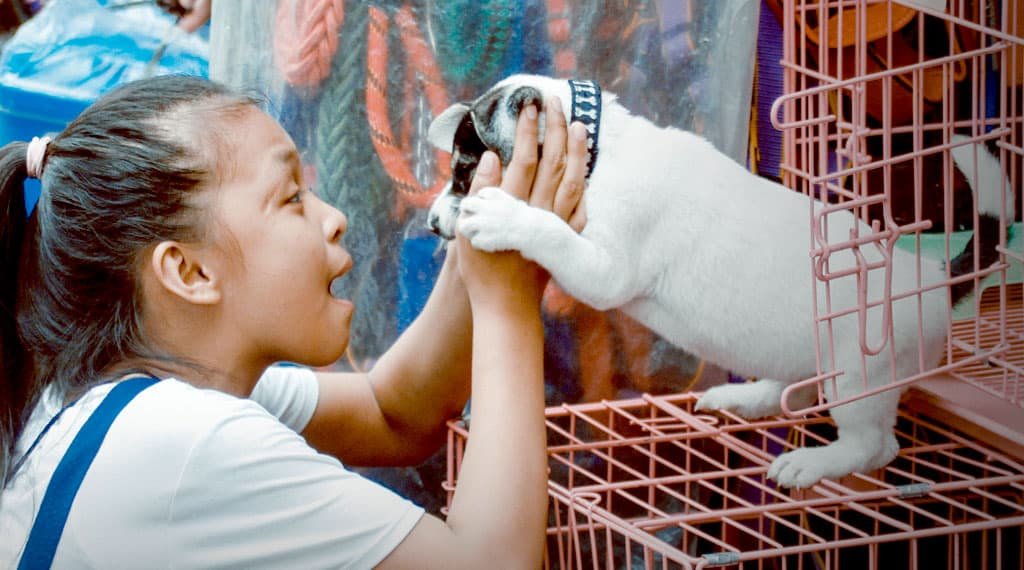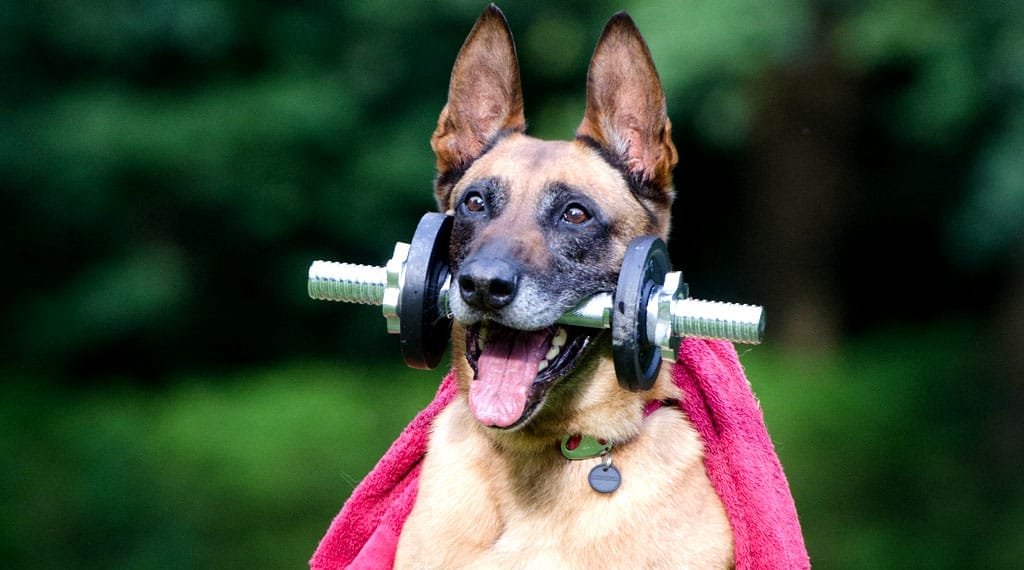Canines’ Necessity for Isolation
Apart from their fluffy tails and passionate jumps onto your lap, dogs are multifaceted creatures exhibiting an array of emotions and actions. Like us, they frequently search for secure, safe locations to sleep.
Why is Your Dog Suddenly Sleeping Under the Bed is the annoying question. It can occasionally be too much for your dog to handle the daily stimulation it receives from walks, playtime, or even just a busy home.
It’s normal to feel the need for isolation, and you can recognize it in yourself by doing things like hiding under the bed or running to a quiet area.
In order to recuperate and blend in, dogs in the wild frequently withdraw to their caves or hide among the undergrowth. It’s a remnant of their innate ability to evade predators.
The under-bed space, or any comparable refuge, can now replicate the security of a den in a residential setting. The decision to sleep under the bed may result from more complicated emotional states or it may be as simple as the desire to find a moderately comfortable place to sleep.
Deciphering Canine Intelligence
It’s critical to evaluate the behavioral changes that precede the new habit in order to determine the underlying cause of your dog’s under-the-bed propensity.
To rule out any medical conditions that might be giving your dog discomfort, make an appointment with your veterinarian first. After addressing your dog’s health, think about any potential environmental influences on their behavior.
Modifications to the Family Dynamic
Your dog may be looking for solace in a quieter area if you’ve recently brought a new pet into the house, had a member of the household move out, or observed a change in the dynamics of the household.
Your dog may seek safety under the bed as a result of worry or discomfort brought on by changes in the family pack.

Environmental and Seasonal Factors
Another significant factor may be changes in the environment. The best places for your dog to sleep can change as the seasons do.
Your dog may seek out more temperate sleeping spaces in response to colder or warmer weather, which could result in the discovery of an under-bed.
Fear and Anxiety
It’s critical to comprehend the temperament of your pet. Dogs that are anxious or afraid may eventually grow phobias or aversions to particular places or situations as a result of a traumatic experience or other events.
These anxieties frequently show up as a need to hide under or close to furniture, such beds.
Planning and Assisting Your Dog
It’s time to put stress-reduction techniques into place if your dog’s behavior continues and you worry about their welfare.
You may help your dog move from beneath the bed to a more open space by making a cozy and safe “den” for them. Here are a few more actions to think about:
Training in Behavior and Gradual Desensitization
With the help of a qualified trainer, you can progressively introduce your dog to the environments or circumstances that make them nervous, which may reduce their propensity to hide under the bed.
Through regulated, constructive exposure to the trigger, desensitization approaches teach your dog to associate calm behavior with the trigger.

Pheromone and Calming Therapies
There are both herbal and pharmaceutical calming methods that can help your dog feel less anxious.
Natural therapies such as chamomile or lavender, or prescription drugs from veterinarians, can also contribute to a peaceful atmosphere.
There are also pheromone diffusers and collars available to help your dog feel less anxious.
Establishing a Secure Environment
A warm, safe, and comfortable area set aside for your dog’s “alone time” can be of great assistance.
This might be a quieter room, a box, or some other place they can identify with relaxation. To keep this place private for your dog to rest, make sure no one else can access it.
Recognizing and Adjusting to Your Dog’s Requirements
The finest thing you can do for your dog is to be alert and flexible above all else. Although they are unable to express it verbally, they will communicate with you by their actions.
When it comes to your dog friends, be patient, empathetic, and in the moment.
Document your dog’s behavior to share with a specialist who can assist you in better understanding and managing your dog’s tension or anxiety if their under-the-bed sleeping continues without a clear reason.
Record-keeping
Recording the times your dog sleeps beneath the bed in a journal will give you helpful background.
Observe any patterns that appear, such as after particular activities, at particular times of day, or during particular events.
You or a professional can use this information to identify triggers and create a suitable plan.
Getting Expert Assistance
Seeking advice from a licensed dog behaviorist should not be avoided. These experts may work with you to develop a personalized approach that addresses any underlying issues causing your dog’s under-the-bed behavior. They specialize in comprehending your dog’s mindset.
Assistance and Cosiness
Your dog may only want a little further assistance from time to time. Be a comforting presence, enjoy activities with your dog, and spend quality time with them.
The greatest way to relieve your dog’s stress is frequently the link and care you provide.

Being a Dog Owner is an Ongoing Adventure
Recall that your relationship with your dog is dynamic and ever-changing. Your animal friends change and grow along with you. To promote your dog’s wellbeing, be willing to make adjustments to routines and surroundings.
Your attempts to comprehend and satisfy your dog’s wants will improve your relationship, whether it’s looking into the under-bed appeal or something as easy as giving them a new toy or treat. Dogs are fundamentally complex, loving, and devoted animals that require compassionate treatment from their carers.
Constant Comfort
Positive reinforcement can be greatly enhanced by offering rewards and gentle encouragement. If you’re trying to get your dog to stop sleeping under the bed, give them signs to help them find their secure spot and reward them when they do. Consistent training fosters comfort and confidence with novel behaviors.
Creating a Powerful Bond
It takes work and patience to build a solid bond with your dog. Regular training sessions, engaging playtime, and daily walks are not only beneficial for discipline and physical fitness but also serve as a foundation for understanding and bonding with your dog. It’s simpler to recognize and respond to your dog’s needs when you two are closer.
The Value of Consistency
Lastly, try your best to keep your dog on a regular schedule. Dogs love structure and predictability.
Establishing a consistent feeding schedule and setting aside specific times for play and walks can help to provide a sense of security and normalcy, which can significantly lessen anxiety and the need for last-minute adjustments like hiding under the bed.
In summary
When your dog decides on a new nap area, it might be confusing and even a little unsettling. However, it’s a chance to discover more about your devoted companion. All of these behaviors—whether they’re anxious, seeking solitude, or responding to changes in their surroundings—are intricate parts of being a dog owner.
If you pay attention, plan ahead, and provide a nurturing atmosphere, you can make sure that your dog’s time spent beneath the bed is only a temporary part of your lifelong journey together. When your dog hides under the bed, don’t be alarmed; rather, see it as a sign to investigate what they might be trying to tell you and how you two might become even closer.


